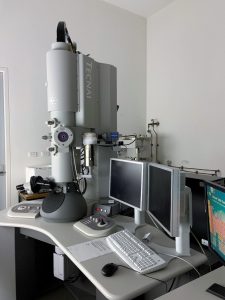By UNSW Women in Maths and Science Champions

Hot off the heels of winning the UNSW Staff Diversity award, the UNSW Women in Maths and Science Champions have seen more success with Champion Dr Lisa Nivison-Smith being awarded an NHMRC (National Health and Research Council) investigator grant. This government grant is aimed at supporting top medical researchers in Australia and is highly competitive with an average success rate of 15%.
Lisa, who works as a senior researcher at the Centre for Eye Health and School of Optometry and Vision Science at UNSW will use the grant to continue her research on eye disease over the next 5 years. Lisa is focused on the disease, age-related macular degeneration or AMD and using sophisticated eye imaging devices to better detect and understand the disease in its early stages.
“Macular degeneration or AMD involves degeneration of the outer parts of our retina including photoreceptors, the cells in our eyes which detect light” Lisa explains. “In the advanced stages of the disease, the outer retina becomes permanently damaged leading to vision loss.”
Lisa’s research looks for ways to better detect people with AMD especially those at high risk of vision loss. “We have a treatment for one form of advanced AMD but it works best if we catch patients as soon as they have signs of this form of AMD.” says Lisa. “The problem is, it is very difficult to identify which patients are at high risk of developing this form of AMD and which patients will remain stable. My research tries to answer this question so we can make sure that all patients with AMD, especially those at high risk of progressing, are monitored appropriately and get treatment quickly to prevent any vision loss.”

With Australia’s ageing population, early detection and progression of diseases like AMD are hot topics of research. So how does Lisa’s research differ from others in the area?
“Much research in AMD focuses on the outer retina because disease changes in this part of the eye are well-established” says Lisa. “But there is mounting evidence that the inner retina is also involved in AMD. I am investigating how these inner retina changes can be used as new biomarkers in the clinic.”
When asked about how she felt about receiving the news of her grant success, Lisa replied “I was incredibly excited, the grant is an amazing opportunity for me to expand my research and make a difference. I am also really excited to have the Australian government support eye research. Eye disease is not discussed in mainstream media yet it is one of the most feared health conditions in the developed world and has a huge medical, social and emotional impact so it is essential we tackle this problem.”
Learn more about Lisa’s research here
Follow Lisa on Twitter

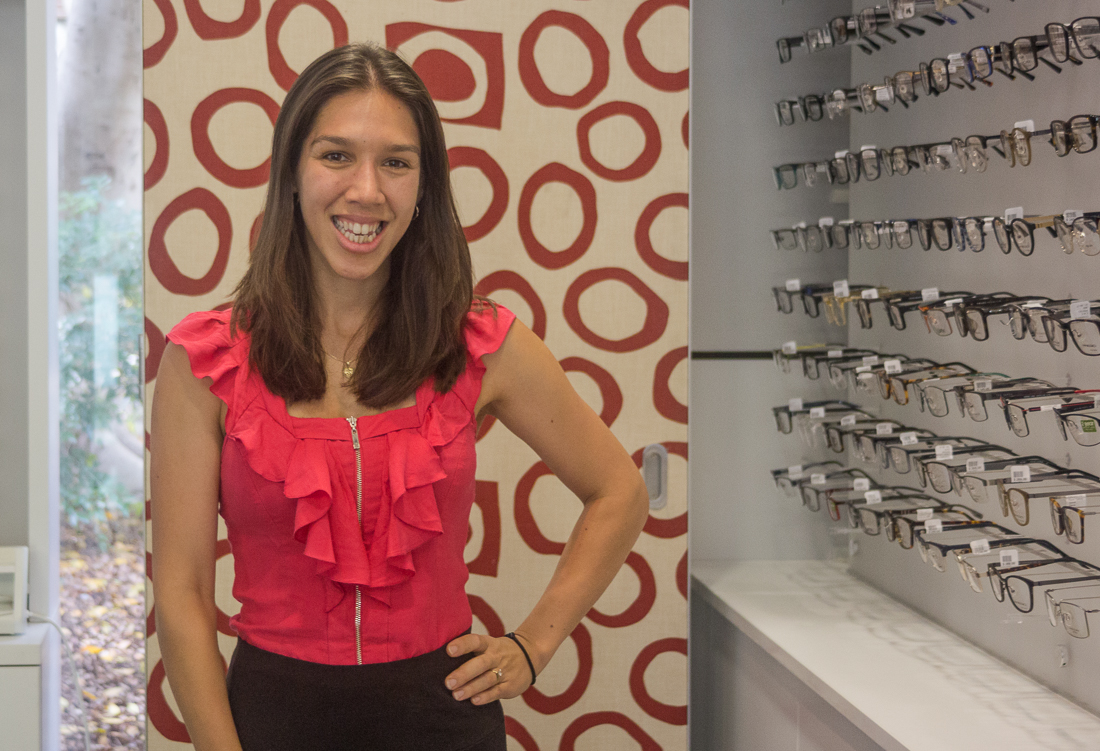
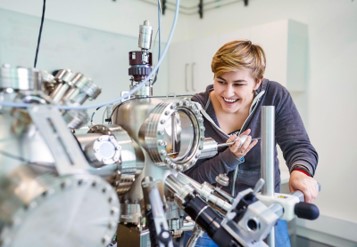


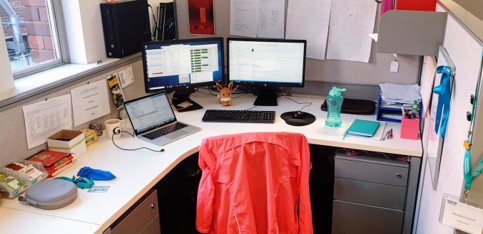
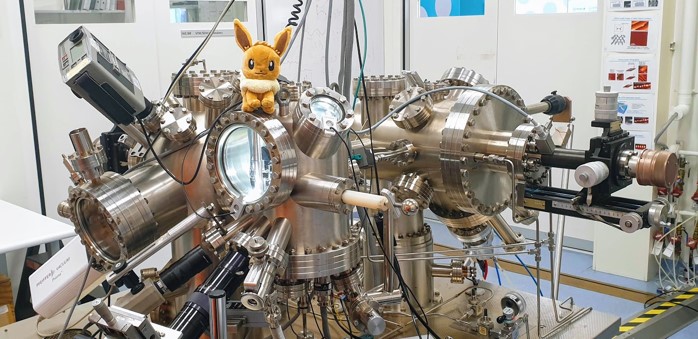
 7am
7am 11am
11am 